Topic # 4 - Restorations with Amalgama - Mercury toxicity
Hello my dear stemians
As I mentioned in my previous publications, I bring you the weekly theme of oral health, today I am going to tell you a very controversial issue that has not been eradicated from some countries of the world, causing many damages to patients who they carry because of the toxins they contain.There are studies that indicate that in our bones today we have 400 to 1,000 times more lead than 400 years ago. The damage in our brain and in the mental evolution of children (especially in the development of intelligence) is devastating. Among the heavy metals most harmful to health we can find mercury, one of the elements of the amalgam formula of fillings. This one is too present in our lives.
The main sources of mercury are the following:
- The fish (for the pollution of the seas)
- Insecticides, which normally contain one or two heavy metals and which pass to the food chain.
- The 'potable' water, that unless it has been analyzed and its purity guaranteed, we have to suppose that it contains toxic.
- Some medicines (especially those that regulate high blood pressure and the tetanus vaccine).
- The air contaminated by the vapors and waste of the industry and the result of the combustion of the vehicles.
Now seeing all this, ¿Do you know what is the composition of the Amalgam? ¿You know what is an amalgam?
An amalgam is composed of silver (35%), tin (13%), copper (2%), a small amount of zinc and 50% of the amalgam composition is Mercury (Hg), the most toxic non-radioactive metal that exists; this last metal of high toxicity represents at least one gram of mercury for each amalgam filling, being a significant amount to generate serious health problems in the future.
Mercury (Hg) is a metallic element that has been classified as a hazardous material due to the serious damage it causes to health and the environment. There are numerous scientific studies that reveal a correlation between the amounts of mercury in blood and urine and the number of amalgams present in the mouth.
The mercury present in dental amalgam is in its metallic form which is not very toxic. However, this metal evaporates at 25 ° C, appearing as mercury vapor that is very toxic to humans.
The IAQMT (International Academy of Oral Medicine and Toxicology) has shown that mercury from amalgam evaporates at an alarming rate. The risk increases with hot foods, citrus fruits, acidic products, fluoride from toothpastes, bruxism, tobacco, drugs, creating electrical currents with other metals (bridges, gold seals, orthodontics, ...) and with the electromagnetism of mobiles, shavers or electric brushes, ...). "Ott 1984, Vimy and Lorscheider, 1985, Melet". In some cases it has been clearly related to a slow fall in health. Mercury intoxication has the name: hydrargirismo.
Amalgam is the silver metal of ancient fillings
Another important source of contamination by mercury is the transfer of said heavy metal from the mother to the fetus through the placenta and subsequently to the baby through breastfeeding by hormonal processes. It is alarming to know that through these processes the mother transfers from 40 to 60% of its load of mercury toxicity to the child. It is proven that when we remove mercury from the body the other toxic metals that may be present, also go away. This is because mercury inhibits the elimination of toxins and other waste.
¿How does mercury enter our body and where does it stay?
Most of the mercury that enters our body is inhaled. Of which we ingest, 7% is accumulated by our nervous system, while the one that enters by inhalation or through the skin, accumulates 82%. Inhalation of mercury is the most dangerous source of contamination.
Something that is chilling is knowing that the largest amount of mercury enters our bodies through the filling of teeth. The amalgam used in these normally contains 50% mercury.
Mercury poisoning through amalgam fillings
It is known that after eating, people who have dental pieces filled with amalgam increase the level of mercury in the blood. The reason is because the mercury ions are released and these are absorbed by the saliva and carried through the digestive system to the blood. Sometimes people with 8 or 10 amalgam fillings, 2 hours after eating, have 100 to 200 times more mercury in their internal exhalation vapors than they are allowed to emit complete industrial facilities.
These vapors of exhalation are ingested in part by the respiratory tract where they are transformed from mercury vapor to mercury oxide (a much more toxic form of mercury). Because the liver, kidneys, bile and heart are the toxic organs of the blood filter, it is there that the toxic metal of amalgam is mainly stored.
Another problem with amalgam is that when chewing, filler particles that are swallowed are released. In the intestinal flora, the resulting mercury vapor is transformed into the most dangerous form of the metal: methylmercury (50 times more poisonous). This process is called methylation
This fact is denied by many dentists, although there are numerous experiments that confirm its veracity. Once methylmercury passes from the intestine into the blood, it reaches the nerves and organs. It also adheres to bones and joints. Mercury can also spread from the mouth to the gums, the dental roots and the jaw that reaches the brain and the Central Nervous System (CNS). The trigeminal nerve of the dead has been studied and is filled with mercury, silver and tin (components of the amalgam).
Chemistry professor Dr. Alfred Stock (director of the Max-Planck Institute in Berlin) said that from the amalgam of fillings, mercury reaches the body and mentions the consequences: "There is no doubt that many symptoms, including fatigue, Depression, irritability, vertigo, amnesia, oral inflammation, diarrhea, inappetence, chronic colds (inflammation of the mucosa) are often caused by mercury to which the body is exposed by its amalgam fillings in small but continuous amounts. Doctors should pay serious attention to this fact. It is probably demonstrated that the careless use of amalgam as a dental filler has been a serious crime against humanity. " (1926)
Symptoms of mercury poisoning
Mercury poisoning causes mild depression, tremors in the hands, cold hands and feet, disturbed sleep, numbness, high cholesterol, memory loss, fatigue, joint problems (among others).
According to the book "Mercury and its effects on environment and biology of Astrid & Helmut Sigel", the symptoms of mercury poisoning can be:
-Physical effects:
- Anxiety, emotional instability, shyness, fatigue syndrome (chronic), decreased memory, sleep disturbance, depression, tendency to suicide, loss of self-confidence, negativity, nervousness, lack of stimulation, lack of energy, passivity, addictions, indecision, excitability, epilepsy, children's hyperactivity, autism, decreased reaction capacity, multiple sclerosis, Parkinson's, Alzheimer's, etc.
-Physical effects:
- Cold hands and feet, sweating during the night, chronic pains, headaches, loss of appetite, high & low weight, herpes (not without Hg.), Alzheimer's (Hg. + Al.), Fertility disturbances, constipation , joint problems (pains), hair loss, impotence, arthritis, metallic taste in the mouth, general weakness, resistance to antibiotics, anemia, asthma, high blood pressure, eczema on the skin, hormonal disturbances, high cholesterol, problems of hearing, vision problems, susceptibility to infections, liver diseases (limited functioning), kidney disease (limited functioning), dyslexia, palpitations of the mouth, neurodermatitis, back pain, weakness of the immune system, hand tremor , bleeding gums, ulcers in the mouth, glaucoma, diseases of the intestine, stomach diseases, cardiac arrhythmia, sensitivity to food, viral diseases, fungal diseases, cand ida, lupus, allergies, disturbances in the functioning of the thyroid, vertigo, abundant perspiration, sciatica (constant pains), lumbago, colitis, cancer, diseases of the adrenal glands, rheumatism, teeth grinding, Crohn's. Etc.
Protocol for the removal of amalgam fillings
The removal of amalgams is a clinical medical act that requires many specific precautions and knowledge to remove mercury from the mouth and the body and then replace the fillings with durable and non-toxic materials.
In our first contact with the patient, a dental medical history is made, it is determined that fillings must be removed, the order of withdrawal, time between appointments. It is essential in the removal of amalgams to follow a strict protocol for the safety of both the patient and the team that attends him. During the elimination of amalgam fillings, patients and professionals may be exposed to concentrations 1,000 times higher than those usually allowed.
The basic points of the protocol are the following:
- Keep cold amalgams during the process
- Use a high-volume suction device independent of the usual dental suction
- Provide an alternative source of air for the patient and the team of professionals.
- Immediate elimination of the mercury alloy.
- Washing and changing gloves
- Clean the patient immediately.
- Consider supplementation
- Keep the air in the room pure.
I hope to have helped you in this post, if you have any questions or want to talk about a topic do not hesitate to suggest it in the comments.
Here are my previous themes:
- Topic # 1 - Dental caries main problem in the oral cavity
- Topic # 2 - At what age can I take my child to the dentist
- Topic # 3- Teeth whitening - Benefit Vs Risk

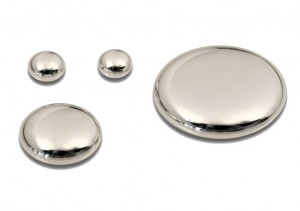
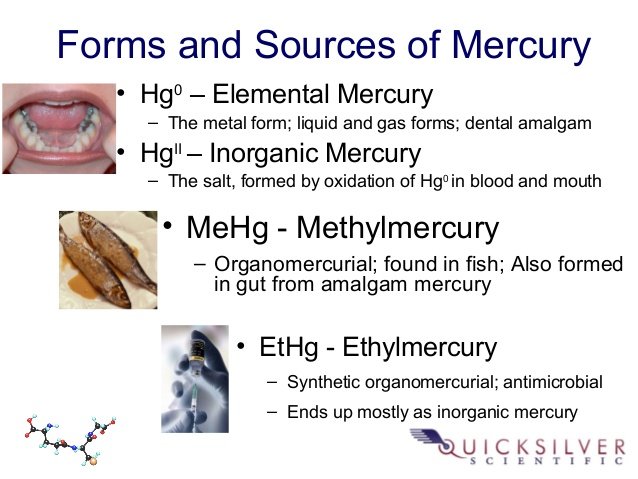
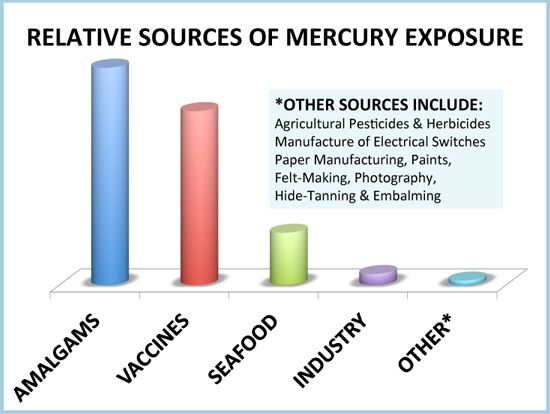
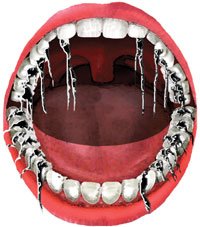
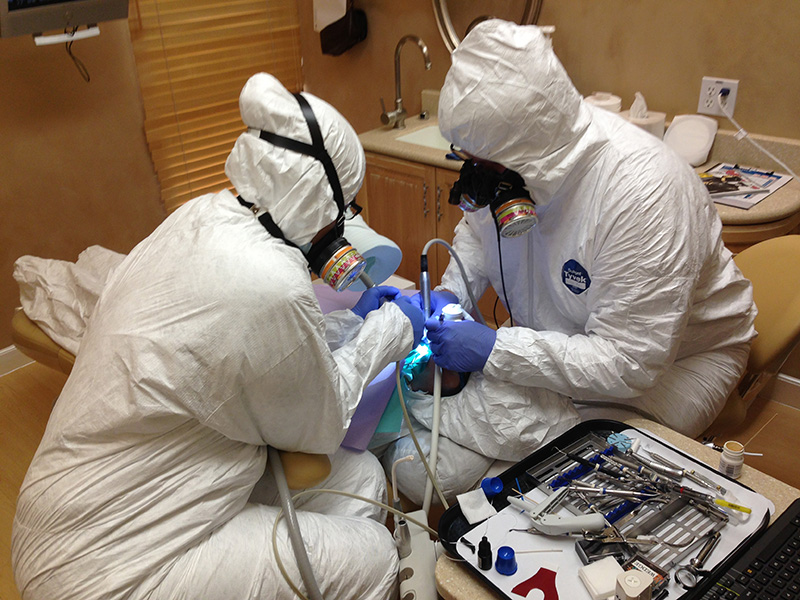

Congratulations @jennifer.jimenez! You have received a personal award!
Click on the badge to view your Board of Honor.
Congratulations @jennifer.jimenez! You received a personal award!
You can view your badges on your Steem Board and compare to others on the Steem Ranking
Vote for @Steemitboard as a witness to get one more award and increased upvotes!